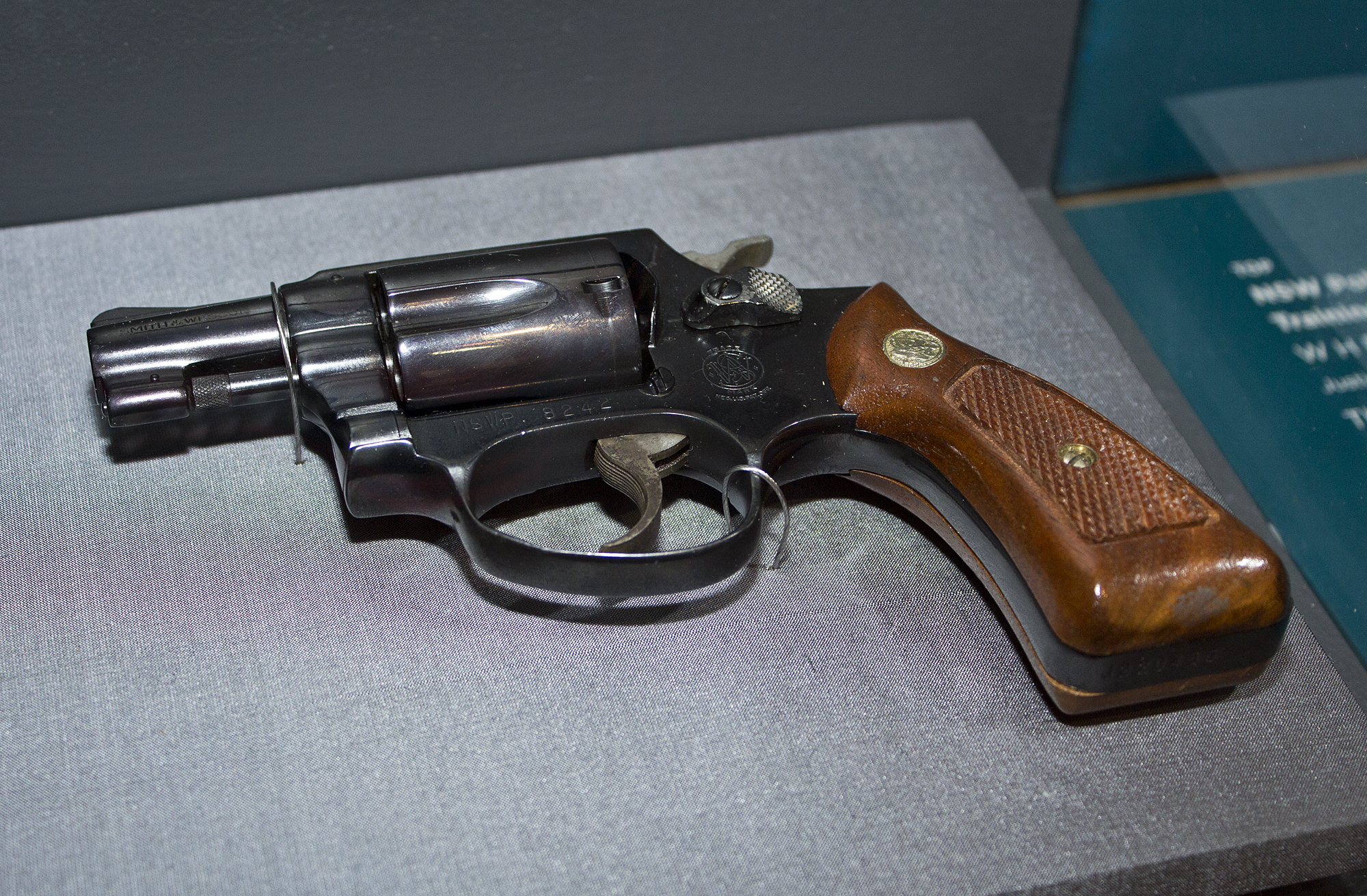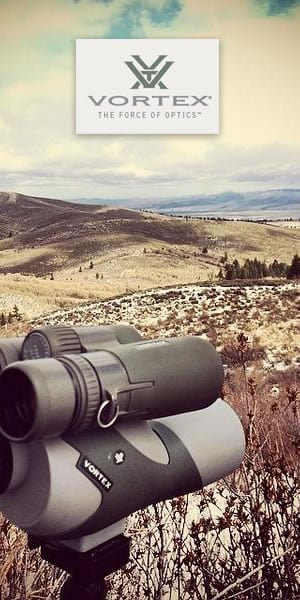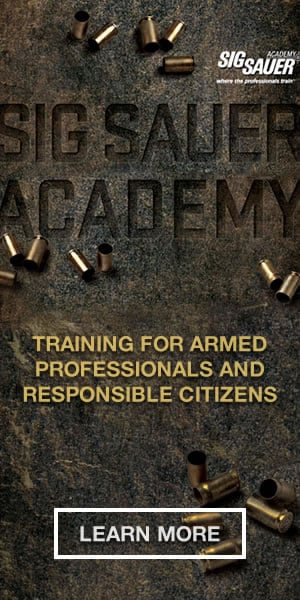Last month, I explained why revolvers remain a viable and sometimes superior choice for home defense and concealed carry, and mentioned that the Smith and Wesson Model 642 was my most oft carried off-duty handgun. This month, I wanted to explain why after 15 years it's still my top choice.
The first reason is its caliber-the .38 Special-the pre-eminent duty caliber choice for American cops from the 1920's through the early 1990's.
Because of its law enforcement popularity, a huge number of defensive and competitive loadings were developed for it. Available in bullet weights ranging from 50 grains through 200 grains, the .38 Special gives the shooter excellent accuracy, easily managed recoil, and a degree of combat effectiveness that outshines both .380 ACP and the 9mm.
The next factor that makes the 642 a standout in the crowd is its stainless steel and aluminum construction. The stainless steel barrel, cylinder and working interior parts are highly rust resistant. The aluminum frame makes for lightweight carry, giving the 642 a weight of 15 ounces versus a weight of 23 ounces for its all stainless steel cousin, the model 640. Believe me, a half-pound of weight savings on your carry gun makes for a more comfortable day.
 Smith & Wesson Model 36 Revolver
Smith & Wesson Model 36 Revolver
Because the "J-frame" family of Smith and Wesson revolvers has been around since 1950 when the "Chief's Special" was first introduced, there are very few concealment holster systems out there that have not been made at one time or other for these guns. The concealed carry options are almost limitless.
I saved the best feature of the 642 for last-the feature that sets it apart from the other J-frames in the Smith and Wesson line-its concealed hammer design.
Concealed Hammer Design
The modern concealed hammer design, introduced by Smith and Wesson in its J-Frame line in 1952 as the Model 40 Centennial, gave these revolvers a major advantage-the ability to be fired through a coat or jacket pocket in an emergency without drawing, and without snagging. Semi-automatics and exposed hammer revolvers all stand the risk of snagging in the pocket lining after the first shot, and leaving the shooter with a jammed gun in the aftermath. All five rounds can be fired from these guns without snagging. Why is this important? You can carry a concealed 642 in your jacket pocket with your hand on the gun in situations that don't initially warrant openly introducing the threat of deadly force.
Case in point, a number of years ago while working as a deputy sheriff, I was dispatched on a cold November day to check on a couple of hunters who were on farm property adjoining a caller who was not sure if they had permission to hunt there. Because I did not know if I was dealing with poachers, but I did know I was dealing with strangers armed with shotguns, and because the situation did not yet warrant walking up with my duty pistol in hand, I drew the 642 and discreetly slipped it the pocket of my duty jacket. I walked up and talked to the two hunters (who did have permission to be there) without them having any idea that I had my hand on backup gun for the entire conversation. It simply appeared to them that my hands were cold.
The 642 fires in double action only mode due to the concealed hammer. The similar Model 638, which I have also carried in the past, allows for the option of single action fire AND safe pocket fire due to its unique partially concealed hammer design. However the hammer access slot on the 638 can cause lint and dirt to become trapped there, and requires occasional cleaning with a Q-tip to keep it clear.
There is one shortcoming to the 642, if you can call it that, and that is its fixed stainless steel front sight. The front sight blends in with the silver aluminum frame under certain light conditions and causes a washout of the sights. This is not a big problem during close range shooting. However, to alleviate this issue, I long ago mounted a set of Crimson Trace LG-405 Compact Lasergrips. The laser dot shows up in all but the brightest light conditions, and the compact size of this model Lasergrip allows for snag free ankle carry. There you have it. While the 642 is not the newest J-frame design, it is still one of the best and can be found for less than $400, often considerably less than that when on sale.


